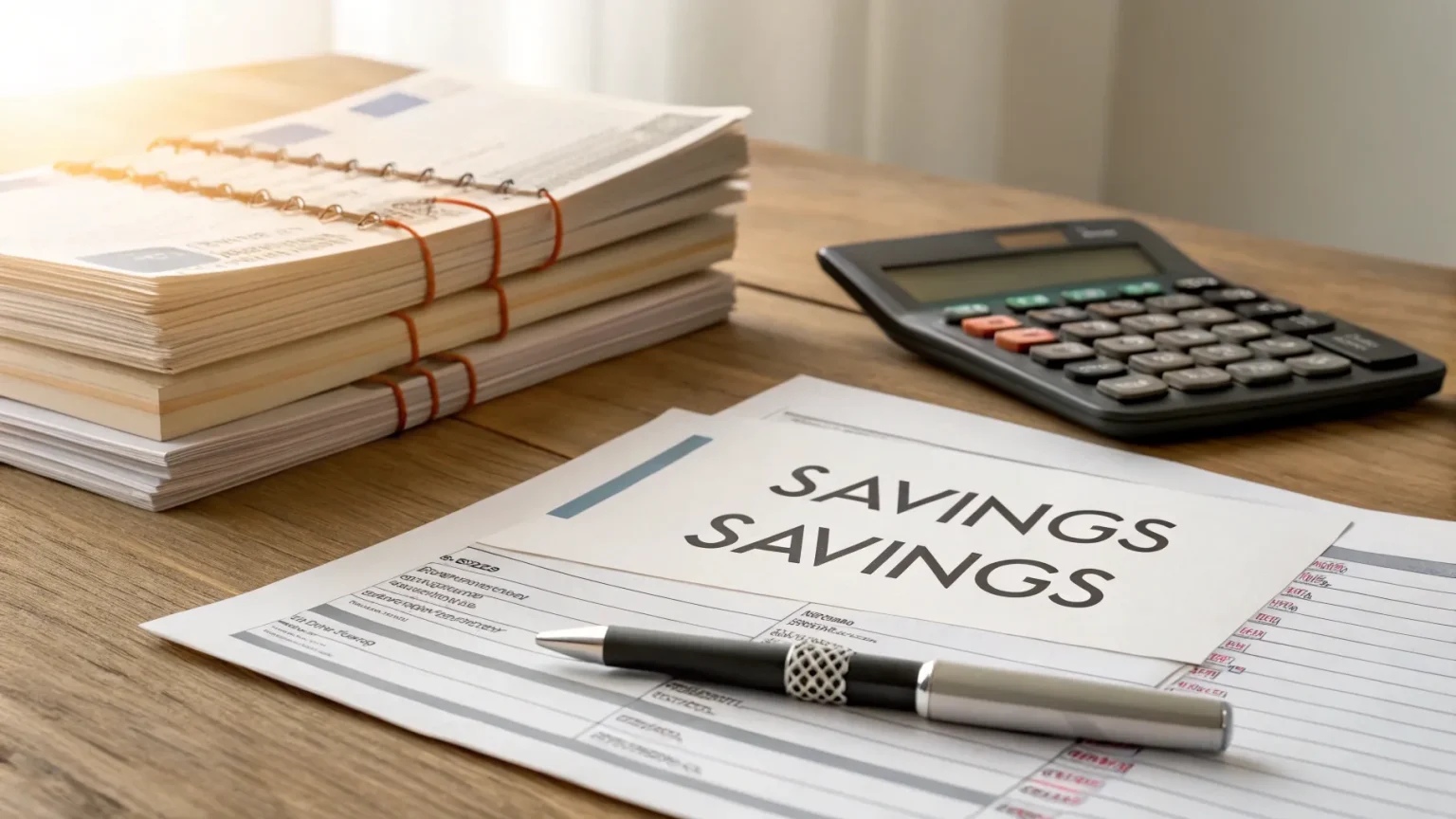Savers looking to maximize returns on their deposits have several high-yield options available in today’s market. With interest rates at levels not seen in years, financial institutions are competing for deposits by offering increasingly attractive returns on savings accounts.
The current economic environment has created favorable conditions for savers, with many online banks and credit unions offering annual percentage yields (APYs) significantly higher than traditional brick-and-mortar banks. These elevated rates provide an opportunity for consumers to earn more on their emergency funds and short-term savings.
Online Banks Lead the Pack
Digital-only banks currently offer some of the highest savings rates in the market, with several institutions providing APYs above 4.5%. These online banks typically maintain lower overhead costs than traditional financial institutions, allowing them to pass those savings to customers through higher interest rates.
UFB Direct, Synchrony, and Ally Bank rank among the top contenders for high-yield savings accounts. UFB Direct currently offers one of the market’s highest rates at approximately 5.25% APY with no minimum balance requirements and no monthly maintenance fees.
Synchrony Bank follows closely with a competitive 4.75% APY on its high-yield savings account, which also features no minimum balance requirements and provides an ATM card for easier access to funds when needed.
Credit Unions Offer Competitive Alternatives
Credit unions present another avenue for savers seeking higher returns. These member-owned financial cooperatives often provide better rates than traditional banks, though they may have membership requirements based on location, employer, or other affiliations.
Consumers Credit Union and Alliant Credit Union stand out with savings rates approaching 4.5% APY. Many credit unions also offer tiered interest rates, where higher balances earn better returns, incentivizing members to consolidate their savings.
“The difference between a 0.5% APY at a traditional bank and a 5% APY at an online bank amounts to $450 annually on a $10,000 deposit. That’s significant money being left on the table for many savers,” notes one financial analyst tracking savings rates.
Factors to Consider Beyond Rates
While high interest rates are attractive, savers should evaluate several other factors when choosing where to park their money:
- Account access: Some high-yield accounts may limit withdrawals or transfers per month
- FDIC or NCUA insurance: Ensure deposits are protected up to $250,000
- Account requirements: Watch for minimum balance requirements or direct deposit mandates
- Fee structure: Monthly maintenance fees can offset interest earnings
- Rate guarantees: Some institutions offer rate guarantees for specific periods
Traditional banks like Capital One and Marcus by Goldman Sachs have also increased their savings rates to remain competitive, offering between 3.75% and 4.15% APY. While these rates fall below the top-tier options, these institutions may provide advantages in terms of branch access or integration with existing banking relationships.
Rate Outlook and Timing
Financial experts suggest that current high rates may not last indefinitely. The Federal Reserve’s monetary policy decisions will continue to influence the savings rate environment. Many analysts recommend that consumers take advantage of today’s elevated rates while remaining flexible enough to move funds if better options emerge.
For savers with larger amounts, certificate of deposit (CD) accounts offer another alternative with rates sometimes exceeding those of high-yield savings accounts, particularly for longer terms. However, these accounts typically restrict access to funds until maturity.
The competitive savings rate environment benefits consumers who take time to research and compare options. With the significant spread between the lowest and highest available rates, the effort to find and switch to higher-yielding accounts can result in hundreds or even thousands of dollars in additional interest annually.







